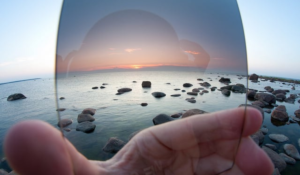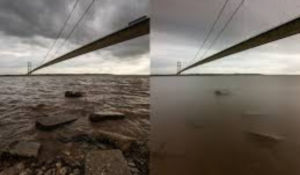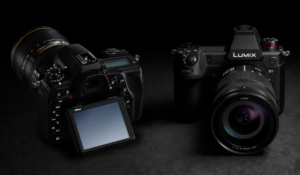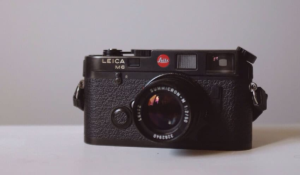ND Filter: A Beginner’s Guide to Neutral-Density Lens Filters

Neutral-density filters (ND) are essential tools for photographers. They allow them to create creative effects and achieve specific exposures. Understanding the types, functions, and applications of ND filter is crucial for any photographer. This comprehensive guide gives an overview of ND filter types, their applications, and practical tips on how to incorporate them into your workflow.
Use of ND Filters

ND filters are essential for photography because they reduce the amount of light that enters the lens. This allows photographers to get the desired exposure in situations that would normally result in overexposure. ND filters control the intensity of the light. This allows for wider apertures and slower shutter speed, allowing photographers to capture stunning images even in difficult lighting conditions.
There are many types of ND filters
There are several types of ND filter, with varying levels of light blocking strength. These filters are measured in stops. There are a variety of ND filters, including sensor clip-ins, sensor drop-ins, circular, square and rectangular. These filters can be used with different cameras and for different shooting styles. ND filters are available in both fixed and variable configurations. This allows photographers to easily adjust the light level. Understanding the differences between each filter type will help photographers select the best option for their needs.
Long Exposure Photography

Long exposure photography is one of the most common uses of ND filters. ND filters allow photographers to create mesmerizing motion-blur effects on subjects like moving water, clouds and dynamic landscapes. ND filters allow photographers to capture images that are visually stunning, even in bright lighting conditions. They create images with smooth textures, enhanced visual impact, and ethereal textures.
Exposure Control
ND filters give photographers greater control over their exposure settings. This allows them to achieve the best results even in difficult lighting conditions. ND filters allow photographers to be creative and flexible when capturing images that have a balanced exposure with a compelling visual aesthetic.
Image Quality Considerations
Even though ND filters are an essential tool for photographers, you should consider the impact they may have on image quality. High-quality ND filter minimizes optical aberrations like reduced sharpness and color shifts. This ensures that images are clear and fidelity. By investing in high-quality filters from trusted brands, photographers can achieve consistent results and maintain image quality.
Selecting the Right ND Filter

When selecting the right ND filter, you should consider factors like blocking strength, compatibility of lens sizes, and intended use scenarios. Filter strengths can range from 3-stops to 10-stops, and variable ND filters offer additional flexibility in videography or dynamic shooting environments. The best ND filters are determined by experimentation and practical experience.
Practical Examples
Visual examples provide insight into the application of ND filters in real-life shooting situations. ND filters are used to create stunning images, from landscapes and urban scenes to dynamic motion photography. Photographers can learn more about ND filters by exploring examples.
Useful Tips
For optimal performance and image clarity, ND filters must be handled and maintained correctly. Use ND filters with caution. Make sure the filter is clean before attaching it, adjust exposure settings based upon the strength of the filter, and use a sturdy tripod to reduce camera shake when taking long exposures. Following best practices will help photographers maximize the effectiveness and quality of ND filters.
There are many types of ND filters

Photographers can explore specialized variants, such as graduated ND and variable ND filter. Variable ND Filters are ideal for videography and dynamic shooting scenarios because they offer adjustable light blocking capabilities. Graduated ND filters reduce light in specific areas, which makes them a valuable tool for balancing the exposure of landscapes and architectural photographs.
Recommended ND Filter strengths

The recommendations are based on the photography genres and emphasize the importance of choosing essential ND filters strengths for different applications. Whether you’re shooting sweeping landscapes or bustling cityscapes or creating cinematic videos, the right ND filters will ensure optimal exposure control. Photographers can achieve their artistic vision and enhance their images by selecting the appropriate filter strengths.
The conclusion of the article is:
Neutral-density filters (NDs) are essential accessories for photographers who want to achieve stunning images in different shooting conditions. Understanding the types, functions, and applications for ND filters will help photographers unlock their creative potential. Whether capturing a serene landscape or the dynamic energy in urban life, ND filter empowers photographers to create compelling visuals that captivate and inspire imagination.



